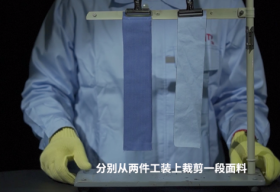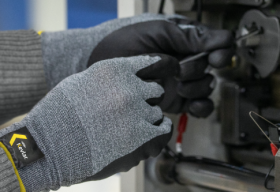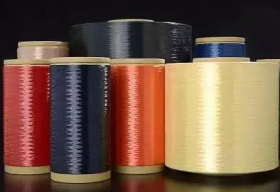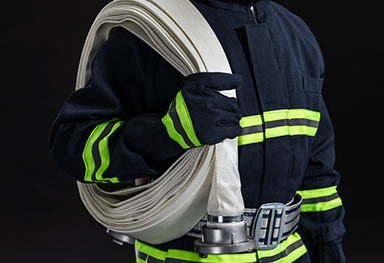Experts Talk about Standards: Standards, Trends and Choices for Cut Resistant Gloves
Among all kinds of work injuries, hand injuries are easily overlooked because they are not easily fatal. But you know what? Hand injuries are actually the injuries with the highest proportion of work-related injuries. For the vast majority of front-line workers, serious hand injuries may lead to disability and loss of working ability, which will bring unbearable impact and pressure to individuals and families. .

Old irons, how much do you know about hand protection? How much do you know about the industry standard and correct choice of protective gloves?
What is the current stage of the product standard and equipment standard of anti-cut gloves
In the field of personal protection, compared to the protection of the head, torso, and feet, the protection of the hands has always been paid less attention. On the one hand, everyone believes that hand injuries are not easy to be fatal, so they pay little attention; on the other hand, at the regulatory level, the production license for industrial products that manage the production of special labor protection products in my country does not include mechanical protective gloves in its management. Table of contents.
Because of this, in the regulatory process, few people or departments will pay attention to mechanical protective glove products. Therefore, the introduction of China's national defense cutting glove product standards is also relatively backward. The huge gap between my country's standards in the field of hand protection and advanced foreign standard systems is mainly reflected in the lack of our basic standards and the many blank spots in product standards. After the birth of our 12th Five-Year Plan, the Standardization Committee reorganized the standard system of protective gloves, and with reference to European standards, re-issued a series of new standards of our own to fill the gaps in the previous hand protection standard system.
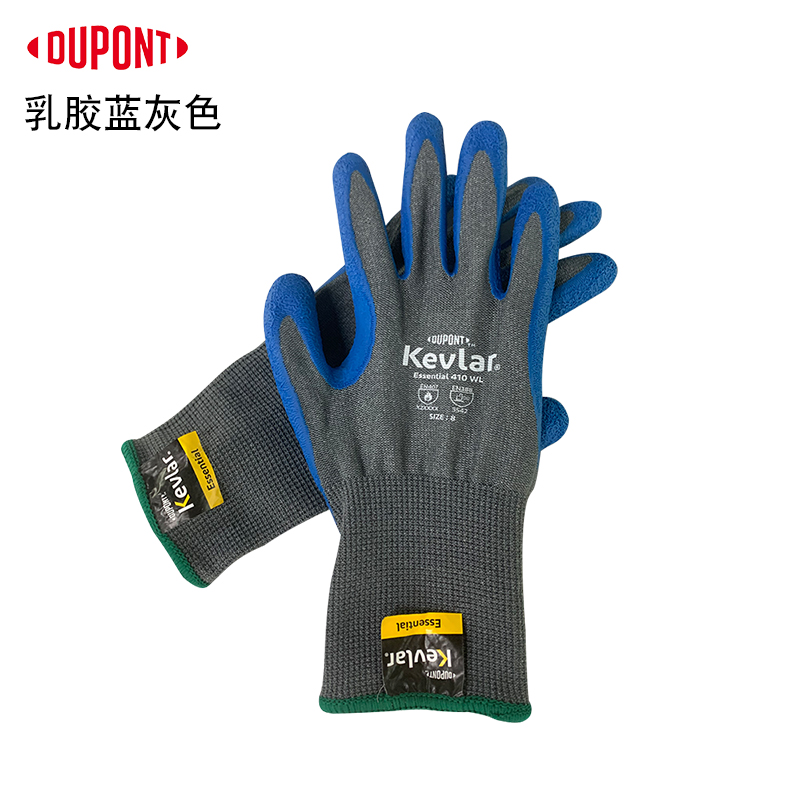
At present, our current mechanical protective gloves standard is almost consistent with the requirements of EN388 in terms of cutting. The mechanical protective gloves and general technical specifications are all included in our 13th Five-Year Plan and will be submitted for approval and promulgated and implemented by 2020 at the latest.
How to let practitioners really understand what kind of protective gloves they need?
In the past, people used to choose gloves from the material, such as gauze gloves, plastic-impregnated gloves, rubber gloves, etc. This traditional thinking needs to be broken, and we should distinguish glove products from the protective function. The purpose of implementing the new equipment standard is to let more practitioners truly understand where are the occupational hazards and work-related injury risks in their positions? Therefore, when they choose protective gloves, they know that safety is the primary consideration, not material and comfort. Whether it is an operator, a safety production manager, or a supervisory department, only in this way can we specifically know how to choose the correct protective gloves.
New equipment standards are developed and implemented not for a single product, but for a hazard—a need for protection from a hazard, not only in the hands, but also in the head, torso, and feet. We hope that after the promulgation and implementation of this new standard, it will be greatly promoted.
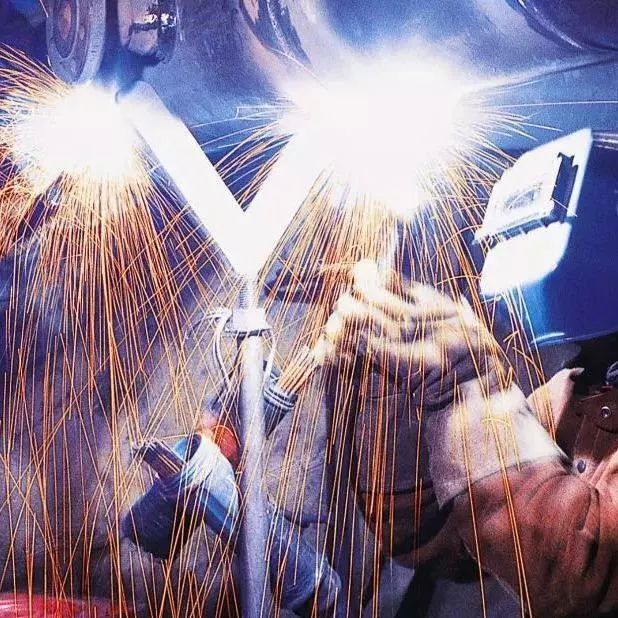
How does the current production license system respond to the emergence of new glove products?
From a regulatory point of view, the state hopes to relax the management and reduce the license management catalogue, but the special labor protection products have their particularities, after all, they involve personal safety, so so far the products under this catalogue have actually only increased
In the field of personal protection, mechanical protective gloves made of Kevlar? can be said to save thousands of working hands! Due to the ultra-high strength of Kevlar? itself, this glove is excellent in terms of resistance to cuts and punctures, and can protect workers in various industrial positions requiring frequent and delicate mechanical operations from the threat of hand injuries, while also protecting Comfortable and breathable to wear.
